The standard box cricket ground typically measures 40 to 50 feet in length and 25 to 30 feet in width. The pitch length is usually around 18 to 22 yards, closely matching traditional cricket dimensions. The boundary or net height ranges from 10 to 12 feet indoors, providing necessary containment and safety. Teams usually have 6–8 players, and the matches are shorter and more intense, making it perfect for people with limited time or limited real estate.
These precise dimensions are key to maintaining balanced gameplay. A ground that is too small favours batters excessively, while a larger space slows the pace. Following these size guidelines will ensure your box cricket games are fast-paced, competitive, and enjoyable in any urban or indoor setting.
Types of Box Cricket Turfs
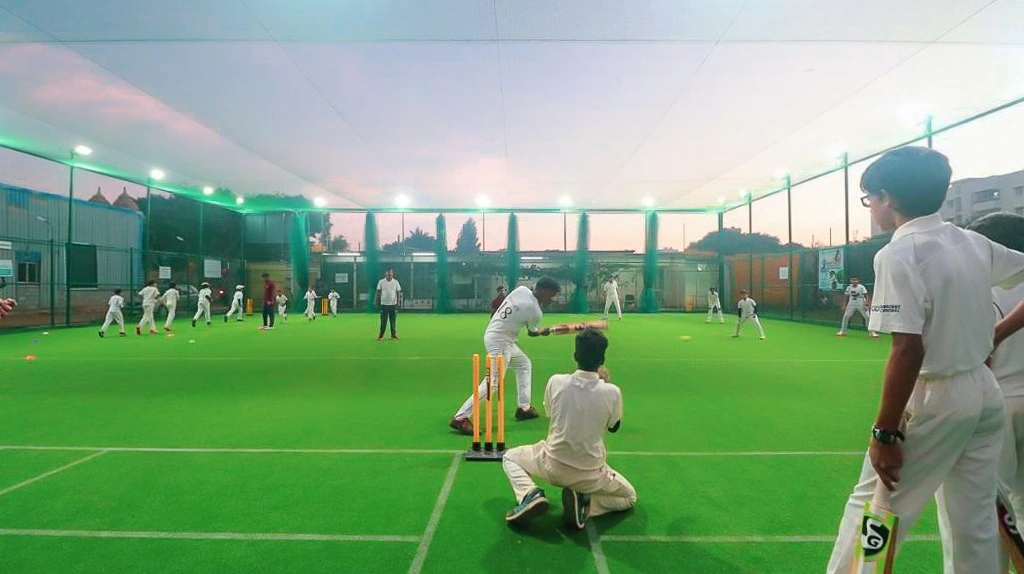
Box cricket isn’t one-size-fits-all. Ground dimensions and layouts change depending on use cases:
- 5-a-side and 6-a-side: Smaller turfs (35–40 ft width) emphasise short sprints and teamwork
- Corporate cricket: Mid-sized turfs (~45 ft x 25 ft) balance fun and focus
- School or youth setups: Scaled-down grounds with extra emphasis on safety
- Indoor arenas: Compact, with lower ceiling nets and ball-control features
- Popular setups: Big cities often feature 50 ft x 30 ft professional turfs designed for tournaments and league play.
Standard Box Cricket Ground Dimensions
Overall Playing Area
The overall playing area for box cricket is significantly smaller than a regular cricket ground, but getting the measurements right ensures a balanced and enjoyable experience. Here’s what the ideal box cricket ground should look like:
- Length: 40–50 feet
- Width: 25–30 feet
This range accommodates various game styles and available spaces. The commonly accepted size for most professional turfs is 50 ft x 30 ft, but a recreational game in an indoor setup can work well with 40 ft x 25 ft.
Net/Boundary Height
Net or wall height is crucial, not just for gameplay, but also for safety and ball control.
Recommended Height is 10–12 feet indoors, up to 25 feet for bigger, outdoor turfs.
The netting forms the “box” and prevents the ball from going astray—a must for tight, urban spaces and indoor arenas.
Box Cricket Rules
Box cricket is played with 6 to 8 players per side, usually over 4 to 8 overs per innings. Bowlers must deliver from a fixed crease without a run-up. Wide and no-ball deliveries add penalty runs and often grant free hits. Boundaries are marked by nets or walls; a direct hit on the straight wall scores six, while rebounds usually count as four. A ball hitting the net or ceiling is called a dead ball with no runs or dismissals. Common dismissals include bowled, caught, run out, and stumped; LBW is rarely enforced. The game is designed to be fast, fun, and safe.
Read More: Box Cricket Rules
Recommended Box Cricket Ground Sizes by Use Case
Setting up a box cricket court of the right size keeps the matches fair, fast-paced, and enjoyable for all participants.
| Use Case | Recommended Size (L x W) | Notes |
| Professional Turf | 50 ft x 30 ft | Full gameplay, standard rules |
| Indoor Recreational | 40 ft x 25 ft | Fits 6-a-side matches |
| School/Youth | 35 ft x 20 ft | Safe, scaled-down version |
| Corporate Events | 45 ft x 25 ft | Balanced fun & competition |
Box Cricket Pitch Dimensions
The pitch is the heart of the action, and getting its dimensions right impacts how games unfold.
- Standard Pitch Length: 18–22 yards (16.5–20 meters). The traditional cricket pitch is 22 yards, and box cricket often mirrors this for balance, but can be a bit shorter for indoor and tight turfs.
- Bowling Crease to Stumps: 22 yards (where space allows)
- Non-striker’s End Distance: 18–20 yards (can be reduced for tighter settings)
- Markings: Creases and zones should be marked with tape or paint, and align with portable or mounted stumps.
A typical pitch length of 16–18 meters (~17.5–19.7 yards), which falls within the ideal range for box cricket. The less spacious pitch means bowlers and batters interact more directly, intensifying the pressure and making the game more dynamic compared to outdoor cricket.
Turf or matting can significantly impact ball bounce and speed, so choose high-quality materials carefully for a fair and consistent experience.
Boundary Wall and Net Height Standards
Most professional box cricket turfs use nets or glass walls as boundaries:
- Ideal Net or Wall Height: 20–25 feet for outdoor venues, 10–12 feet for indoor
- Purpose: Ensures player safety, contains the ball, and assures a quicker, more engaging playing experience
- Materials: High-density nylon nets, PVC(Polyvinyl Chloride) coated mesh, or durable glass.
A secure enclosure enables uninterrupted play and maintains the pace that makes box cricket so thrilling.
Comparison of Box Cricket Dimensions vs Regular Cricket Ground
The compact size and netted boundaries of box cricket differentiate it significantly from regular cricket, making it more accessible in crowded cities, office parks, and indoor centres.
| Parameter | Box Cricket | Standard Cricket Ground |
| Ground Size | ~120 ft x 80 ft | ~450 ft diameter |
| Pitch Length | 16–22 yards | 22 yards |
| Players | 6–8 per team | 11 per team |
| Enclosure | Fully netted | Open field |
| Equipment | Lighter bats, tennis/rubber balls, portable plastic stumps, HDPE nets, synthetic turf, basic protective gear | Heavier bats, leather balls, wooden stumps, natural turf, full protective kit (pads, gloves, helmet), specialised gear and wicket bails |
Steps for Setting Up Your Own Box Cricket Court
Following this proven checklist ensures your box cricket court is both fun and functional:
- Choose Your Location: Decide between indoor halls or outdoor plots.
- Measure and Mark Ground: Layout a rectangle measuring 40-50 ft (length) by 25-30 ft (width).
- Install Nets or Walls: Erect side and top nets 10–12 ft high, or use padded/glass walls.
- Lay the Pitch: Mark 18–22 yards in length, with creases and stumps accurately placed.
- Set Up Stumps: Use portable stumps at both ends or mount directly to the ground.
- Define Scoring Zones: Optional, but adds fun for custom matches—just paint additional scoring areas on the surface or nets.
- Select Equipment: Use tennis or rubber balls to minimise injury risk; recommended for smaller courts.
- Customise Rules: Finalise house rules, keeping the group’s needs and safety in mind.
- Ensure Safety: Install first-aid stations, check net security, and encourage protective gear use.
This setup guide helps you create a safe, exciting, and professional-quality box cricket experience, whether at home, school, workplace, or on a commercial turf.
Conclusion
Understanding box cricket ground dimensions, pitch layout, and enclosure height is key to quality gameplay. Accurate measurements improve player safety, ball control, and overall experience. Whether building a new turf, renting a venue, or joining games, this guide provides everything needed for an enjoyable and organised box cricket match.
Download Playo on Android or iOS, or visit playo.co to start playing
Frequently Asked Questions
Follow the step-by-step setup guide above: choose your space, measure dimensions, install nets/walls, lay the pitch, set up stumps, mark scoring zones, use proper equipment, and enforce safety.
Standard box cricket turfs range from 40×25 ft (indoor) to 50×30 ft (professional outdoor).
The standard box cricket setup in India typically costs between ₹4,00,000 to ₹12,00,000. Costs vary by location, material, and size, but typically include turf installation, nets, lighting, and accessories. Indoor setups may cost less due to lower ceiling nets and compactness.
On average, renting a box cricket turf costs ₹1200–₹2000 per hour. However, this varies city to city.
No! While popular as an indoor sport, box cricket is played in many outdoor turfs as well, giving players flexibility and options.

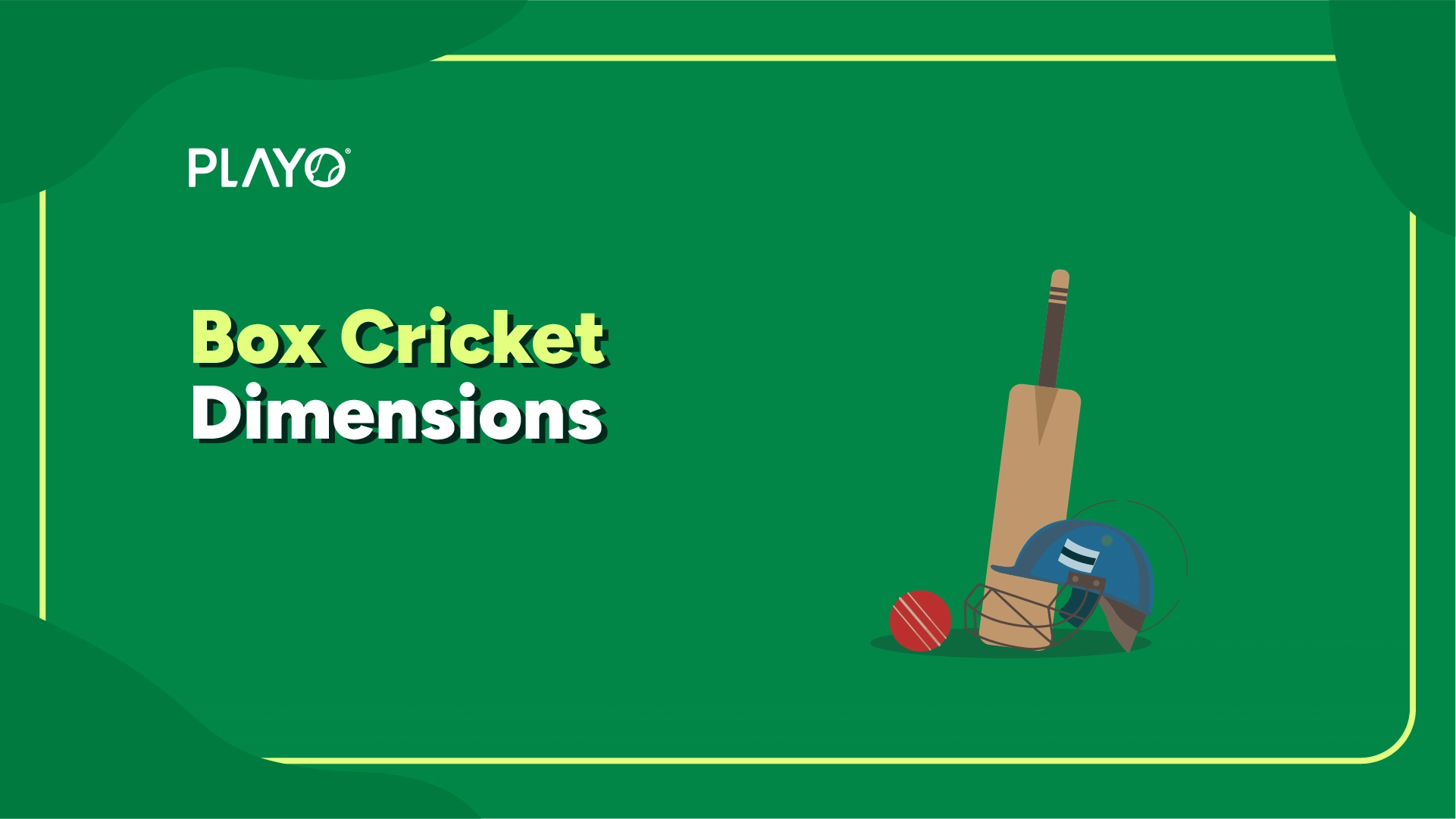
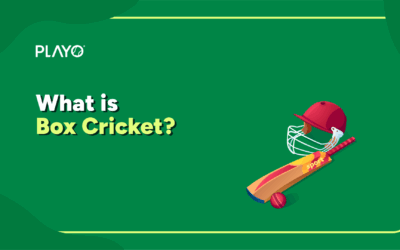
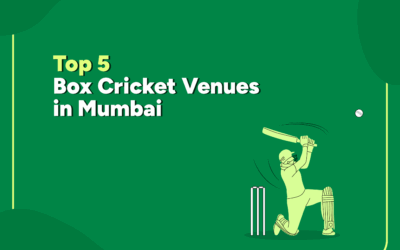
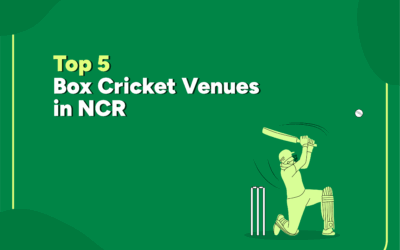
0 Comments